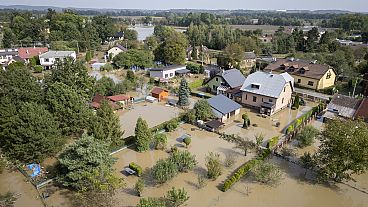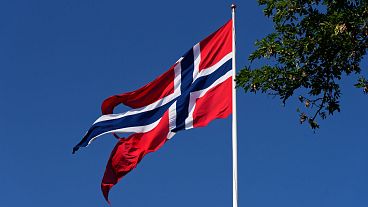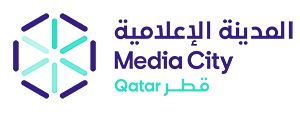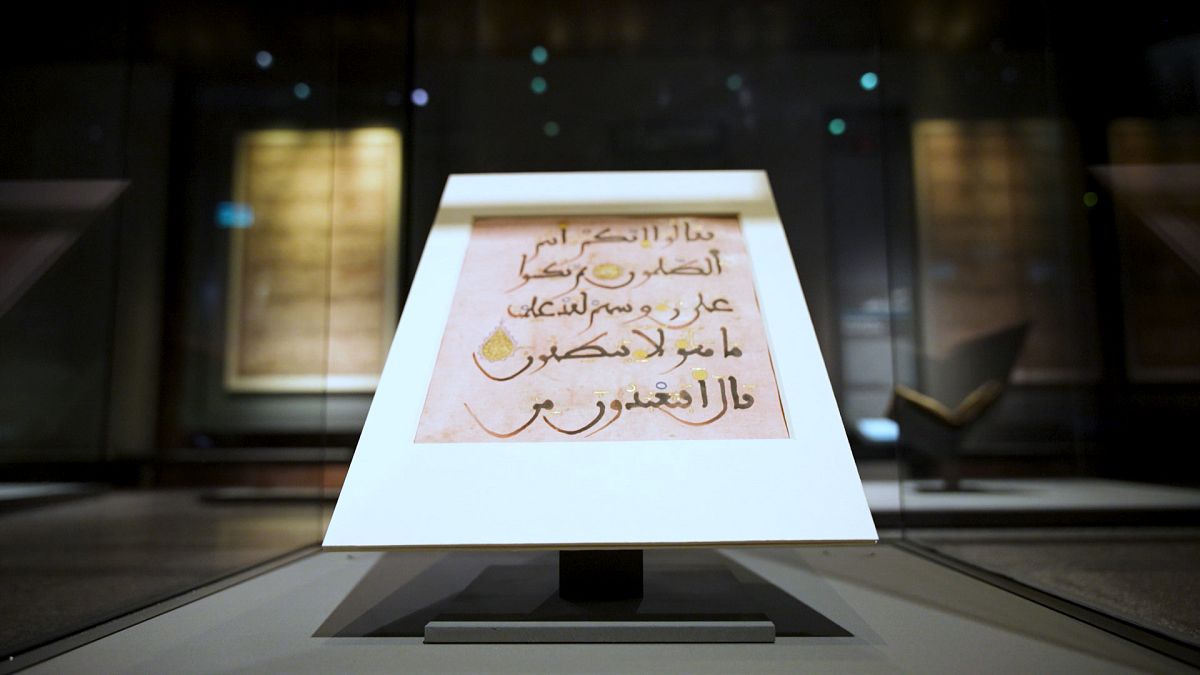Qatar 365 explores the infinite world of literature, from getting more children to read and spend more time at libraries, to getting crafty with Arabic calligraphy. We also visit Qatar’s first girls’ school, now turned into a museum, to honour the woman who fought for women’s education.
In this episode, the Qatar 365 team discover how the country encourages both the young and old to make reading a significant chapter in their lives and explore the art of calligraphy. Aadel Haleem, Laila Humairah, and Johanna Hoes visited the Qatar National Library, Liwan Design Studios, the Museum of Islamic Art, and public mosques to see how literature is used as a form of expression.
Laila Humairah visited the Qatar National Library, which regularly hosts activities to nurture a habit of reading in children. It recently launched an official mascot, Ramly, a character inspired by the Arabian desert fox. QNL’s Ebrahim Al-Bishri, who’s a senior librarian, told Laila that Ramly was created to instill the same sense of inquisitiveness and adventurous nature as the animal to children all around Qatar.
Aadel Haleem met with Qatar Museums’ Sheikha Reem Al Thani at Liwan Design Studios in Msheireb. It was once the office of Amna Mahmoud Al Jaidah, founder and principal of Qatar’s first ever girls’ school. Sheikha Reem showed Aadel around an exhibition held to display archival material dating back to 1938 and how they’re being used to highlight the school’s impact on multiple generations of Qatari women.
Finally, Johanna Hoes tried her hand at Arabic calligraphy at the Museum of Islamic Art, where she found out that it’s a lot harder than it looks. The combination of the Greek words ‘kallos’ and ‘grafo’, calligraphy literally means ‘beautiful writing’. The art form traces back thousands of years but is still taught in classrooms today. The elegant stroke of the Arabic language also plays a central role in architecture and design, as seen in the facades and interiors of mosques all around the country.













